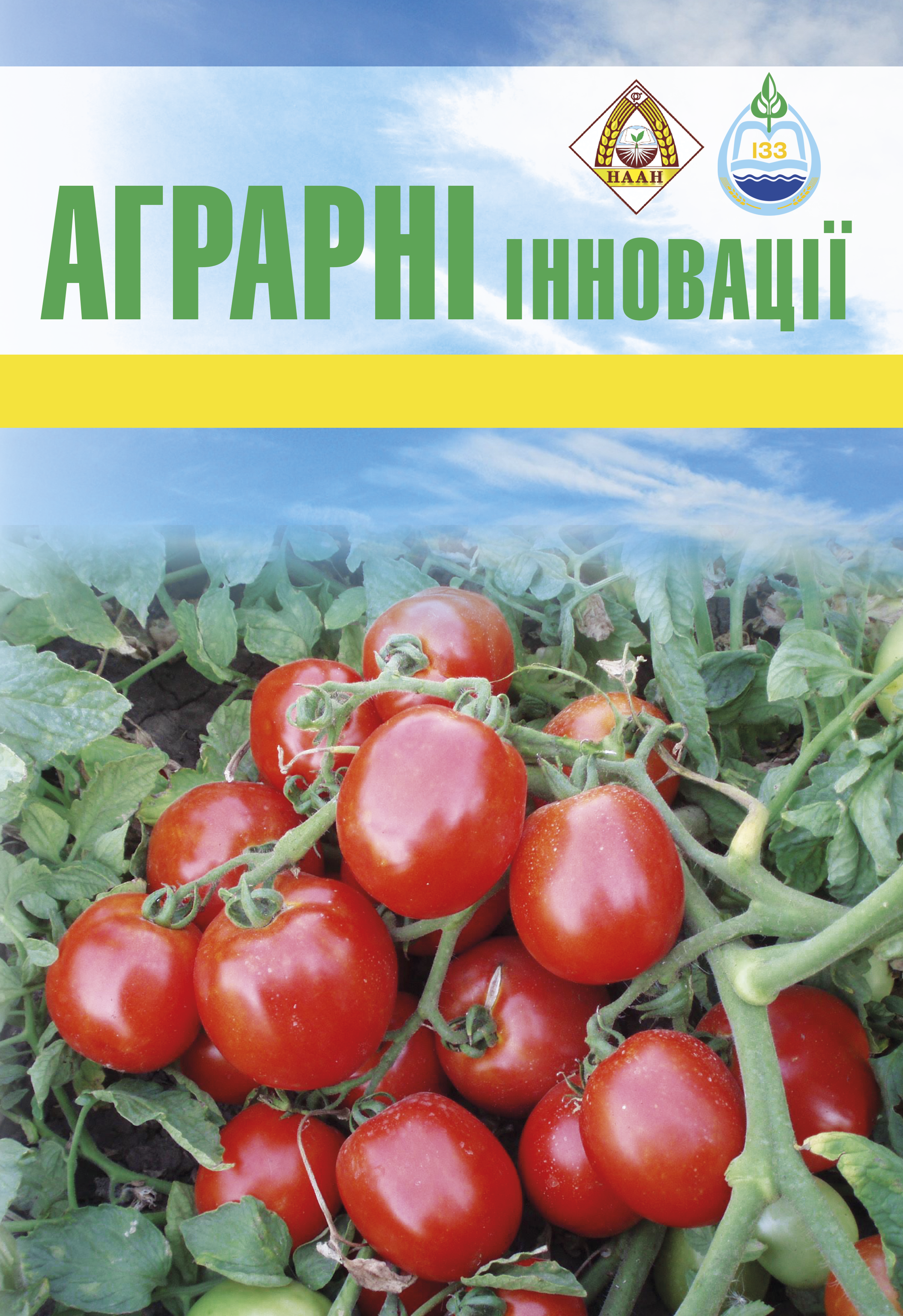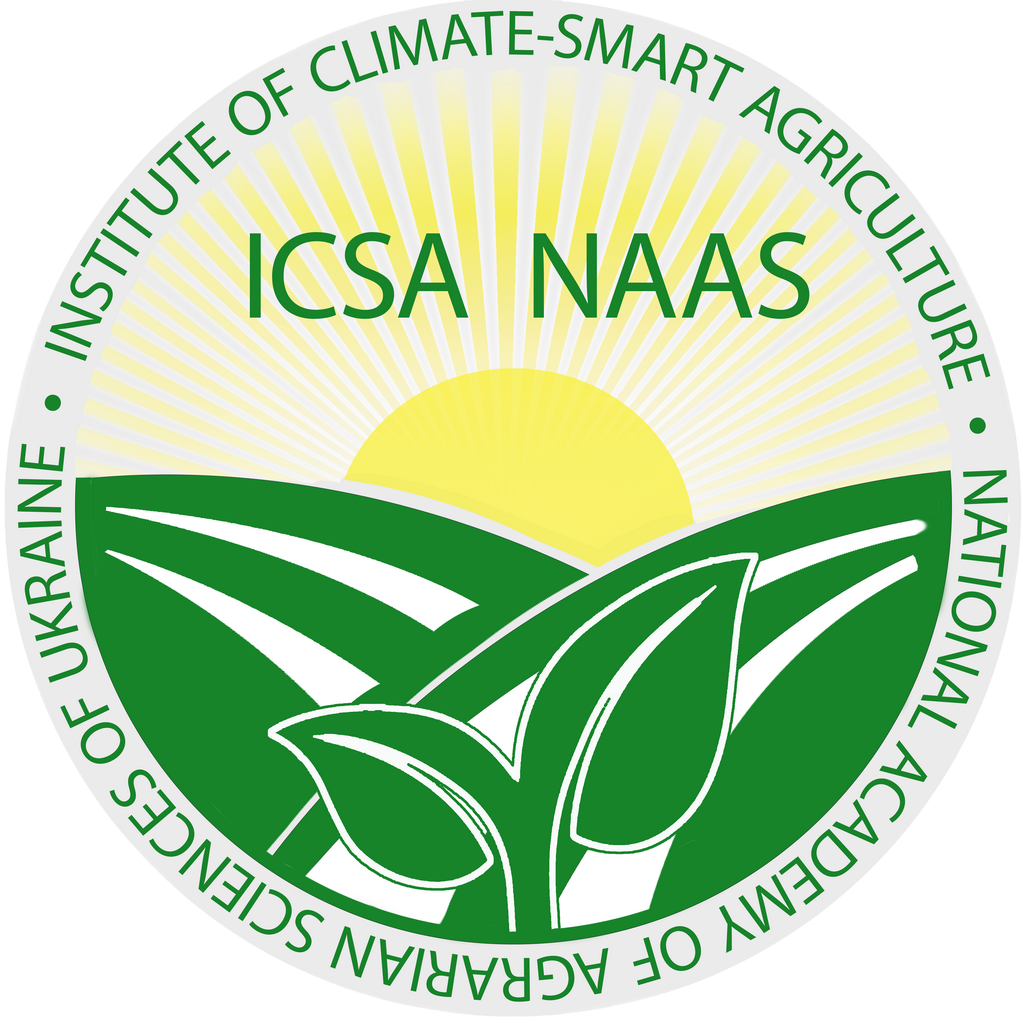Improving the quality of organic fertilizers through the use of probiotics and bischofite
Abstract
Today, the current issue is the implementation of a scientifically based system for ensuring the sustainable functioning of agroecosystems. In this context, it is important to expand the range of use of environmentally safe innovative methods of manure disinfection at the expense of local resources. This allows, in limited volumes of chemical and technogenic resources in the agricultural sector, to replace them with alternative low-cost measures based on natural self-renewal processes. The aim of the study was to study the complex effect of bischofite of different concentrations and probiotic preparations on the germination of weed seeds and the efficiency of using manure treated with bischofite and probiotics in growing corn. The objects of the research were Poltava bischofite and probiotic preparations. To determine the optimal dose of bischofite, experiments were previously set for 4 months with different concentrations of 50 l/t; 100 l/t; 150 l/t; 200 l/t. To determine the optimal dose of probiotic, preliminary bacteriological studies were conducted using probiotic at a dose of 100 l/ton. It was found that after 4 months of composting, the level of pathogenic microorganisms in native and 10% probiotic solutions significantly decreased, while Salmonella and E. coli were not detected. To determine the effect of different doses of bischofite on the viability of weed seeds, on the day of the experiment, seeds of different plants with different initial germination were placed in bags in the compost: schirytsia (53%), triribera (60%), field thistle (13%), creeping wheatgrass (47%), white quinoa (56%), wild radish (74%). After 4 months of storage in the variant where bischofite (150 l/t) and probiotic (100 l/t, 10% dilution) were used, seeds of field sow thistle, white quinoa and wild radish completely lost germination, seeds of other weeds significantly reduced it (up to 60% compared to the control). It is substantiated that the use of the proposed technology for manure treatment (4 months, bischofite dose 150 l/t and probiotic dose 100 l/t, dilution 1:10) allows to increase corn yield by 58.1%, which is 35.6% higher compared to the standard technology for obtaining manure.
References
2. Georgieva, V., Guerov, G. and Blagoeva, N. (2024) “Impact of economic and environmental factors on agricultural product pricing in the EU”, Agricultural and Resource Economics: International Scientific E-Journal, 10(4), pp. 47–73. doi: 10.51599/are.2024.10.04.03.
3. Pedak I.S. The impact of environmental factors on the production of highquality. Journal of Agricultural Science. 2018. № 8. р. 15–20.
4. Гончарук І. В., Ковальчук С. Я., Цицюра Я. Г., Лутковська С. М. Динамічні процеси розвитку органічного виробництва в Україні: монографія. Вінниця: ТОВ «ТВОРИ», 2020. 478 с.
5. Шувар І. А., Бунчак О. М., Сендецький В. М., Тимофійчук О. Б. Виробництво та використання органічних добрив: монографія. Івано-Франківськ: Симфонія Форте, 2015. 596 с.
6. Фатєєв А. І., Смірнова К. Б., Семенов Д. О. Оцінка придатності ґрунтів України для органічного землеробства за вмістом мікроелементів. Вісник аграрної науки. 2014. № 4. С. 5–9.
7. Писаренко В.М. Органічне землеробство для приватного сектора. Полтава: ФОП Мирон І.А., 2017. 140 с.
8. Мінькова О. Г. Шляхи та способи переходу від традиційного аграрного виробництва до органічного. Вісник Уманського національного університету садівництва. 2016. № 1. 3–10
9. Центило Л. В., Цюк О. А. Баланс азоту, фосфору і калію за застосування добрив. Наукові доповіді Національного університету біоресурсів і природокористування України. 2018. № 5. (75). Режим доступу до статті: http://nbuv.gov.ua/UJRN/Nd_2018_5_22.
10. Волкогон В. В. Деркач С. М., Дімова С. Б., М’ягка М. В., Луценко Н. В., Штанько Н. П., Наконечна Л. Т. Біокомпостування органічного субстрату на основі пташиного посліду за інтродукції асоціації грибів Trichoderma harzianum 128. Агроекологічний журнал. 2018. № 1. С. 108–115.
11. Колісник Н.М., Тимофійчук Б.В., Сендецький В.М. та ін. Деструкція соломи – невід’ємна складова біологізації землеробства. Посібник українського хлібороба. 2017. Т. 1. С. 279–280.
12. Русаков, Д.С., Дідух, В.Ф., Том’юк, В.В. (2014) Промислове виробництво
13. органічних, органо-мінеральних та гранульованих добрив на основі сапропелів. Вісник Львівського національного аграрного університету, № 18, 37–42.
14. Чабанюк Я.В., Бровко І.С., Кордунян О.О. ДЦ (деструктор целюлози) – препарат для управління ґрунтовою родючістю. Аграрна наука – виробництву. 2016. № 4. С. 7–8.
15. Taylor J. P. Comparison of microbial numbers and enzymatic activities in surface soils and subsoils using various techniques / J. P Taylor, B. Wilsona, M. S. Millsb, R.G Burns // Soil Biology and Biochemistry. – 2002. – Vol. 34. – P. 387–40.
16. Дульгеров А.Н., Нудьга А.Ю. Компостирование навоза с углеаммонийними солями и эффективность полученных компостов на посевах кукурузи. Елементи регуляції в рослинництві: Збірник наукових праць / НАН України; Ін-т біоорган. хімії та нафтохімії; НЦ “АКСО”; під ред. В.П. Кухаря. – К.: ВВП “Компас”, 1998. – С. 323–326.
17. Шумік С.А., Погоріла Н.Ф., Драга М.В., Скопецька О.В Застосування вуглеамонійних солей як нового екологічно чистого азотного добрива при вирощуванні цінних лікарських рослин та злакових культур. Вісник Київського університету імені Тараса Шевченка. 1999, № 4 С. 91–92.
18. Гаценко М. В. Компостування органічної речовини. мікробіологічні аспекти. Сільськогосподарська мікробіологія. – 2014. – Вип. 19. – С. 11–20.
19. Писаренко П.В., Самойлік М.С., Тараненко А.О., Цьова Ю.А. Удосконалення технології отримання високоякісних органічних добрив з використанням супутньопластової води та пробіотичних препаратів. Сільське господарство та лісівництво. 2022. № 1 (24). С. 192–203. DOI: 10.37128/2707-5826-2022-1-14
20. Доспєхов Б.А. Методика польового досвіду (з основами статистичної обробки результатів досліджень)., 1973. – 336 с.
21. ВНТП-АПК-09.06. Системи видалення, обробки, підготовки та використання гною. Наказ Міністерство аграрної політики та продовольства України від 01.02.2006 р. № 29.
22. Наказ Міністерства охорони здоров’я від 24.05.2013 № 425 Про затвердження Методичних рекомендацій «Методи виділення та ідентифікації сальмонел»
23. Pysarenko, P., Samoilik, M., Taranenko, A., Tsova, Y., Sereda, M. Influence of probiotics-based products on phytopathogenic bacteria and fungi in agrocenosis. Agraarteadus. 2021.32(2): DOI: 10.15159/jas.21.41.






